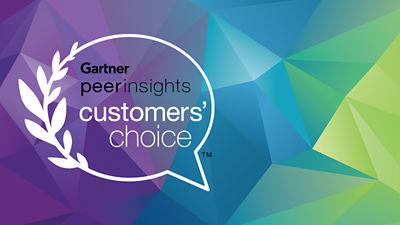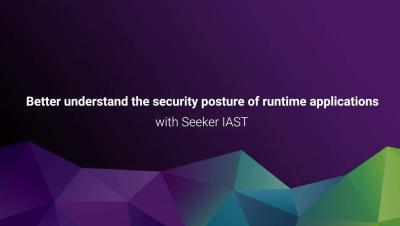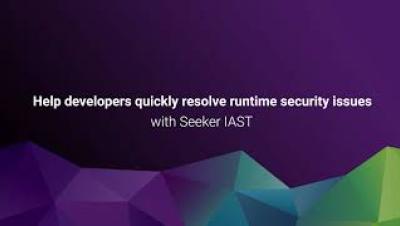Synopsys named as a Customers' Choice in the 2023 Gartner Peer Insights Voice of the Customer for Application Security Testing
Synopsys is proud to announce that we have been recognized as a Customers’ Choice vendor in the 2023 Voice of the Customer for Application Security Testing on Gartner® Peer Insights™. This distinction is a recognition of vendors in this market based on feedback and ratings from 59 verified end users of our product as of October 2023. Overall, Synopsys reviewers gave us a 4.6 out of 5, with 90% saying they would recommend our product.








